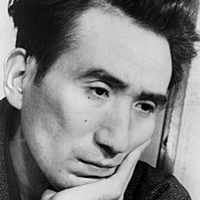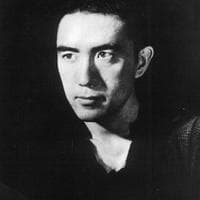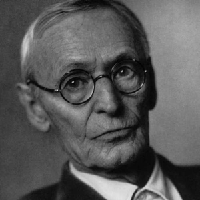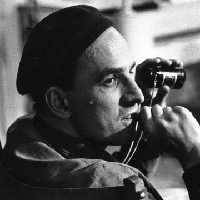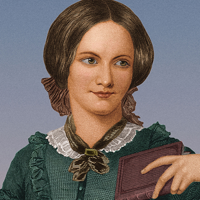Kunihiko Ikuhara MBTI -Persönlichkeitstyp
Persönlichkeit
"Welcher Persönlichkeitstyp ist {profilename}? {profilename} ist ein {MBTI} -Persönlichkeitstyp in MBTI, {enneagram} - {iv} - {tritype} in EnneArgram, {big5} in Big 5, {socionics} in Socionics."
Ikuhara has a strong Ni-Ti connection that burns in every anime he had made. His symbols are profoundly personal but not in an emotional or external way, they obey its own inner logic that only he can really understand. And when someone has asked him to actually explain those symbols, he only comes with more cryptical explanations and basically mocks anyone trying to find a Te or Ne explanation of them. That's why Utena, Mawaru Penguindrum and Yuri Kuma Arashi strike like very abstract and hard to catch series, but in a very different way than how Hideaki Anno's series can be understood, for example. Evangelion comes with Ne universal symbols: biblical, freudian and general symbols that have an objective meaning but are used in a personal and emotional way (Fi-Ne). If we take Utena, it's hard to stablish a universal frame of symbols - and that we can all agree with them - like we can do with Evangelion; that's Ikuhara's Ni-Ti combo in action.
Biografie
Kunihiko Ikuhara (幾原 邦彦 Ikuhara Kunihiko, born December 21, 1964), also known as Ikuni, is a Japanese creative artist who has collaborated on several famous anime and manga series. He is best known for his early work on Sailor Moon and Revolutionary Girl Utena, and for his later work on Mawaru Penguindrum, Yurikuma Arashi, and Sarazanmai.
Persönlichkeit correlate

Walt Disney

Alex Hirsch

Satoshi Kon
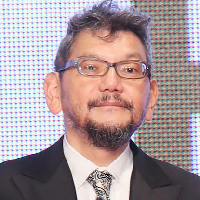
Hideaki Anno

Rebecca Sugar

Matt Stone

Justin Roiland

Stephen Hillenburg

